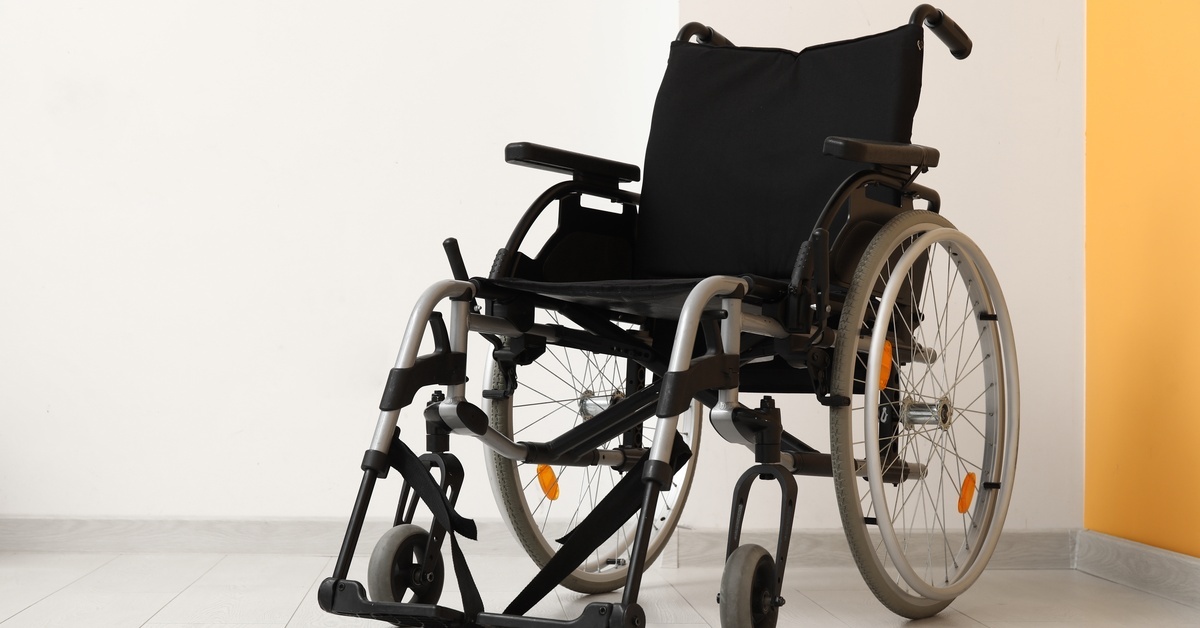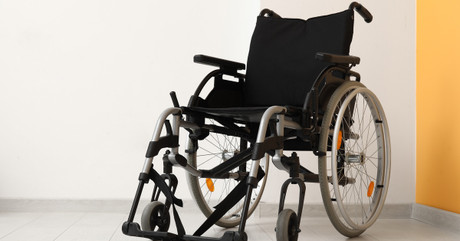The Importance of Regular Wheelchair Frame Inspections
Nov 11th 2025

Think of your wheelchair frame like the foundation of your house—it's got to be rock solid to keep everything else working smoothly. Just as you wouldn't ignore cracks in your home’s foundation, you shouldn't overlook the importance of regular wheelchair frame inspections. Your mobility, safety, and independence depend on it.
Whether you rely on your chair completely or only need it for a short time, it is essential to conduct regular wheelchair frame inspections to prevent potential problems in the future. A small crack today could become a catastrophic failure tomorrow, potentially leaving you stranded or, worse, injured.
The Hidden Dangers of Frame Neglect
Your wheelchair frame endures a lot more stress than you might realize. Every curb drop, pothole encounter, and transfer puts stress on those welds and joints. Over time, this constant pressure can create microscopic cracks that develop into significant structural issues.
If frame issues go unnoticed, then you could be struck with sudden catastrophic failures without warning. Being in that situation poses a danger to you and your chair, potentially causing falls and damage to its components, respectively.
The scariest part is that frame problems often develop silently. You might not notice that small crack forming near a weld until it's grown large enough to compromise your chair's structural integrity.
Key Areas That Need Your Attention
Not all parts of your frame are created equal when it comes to stress and wear. Some areas are much more likely to develop problems than others.
Critical Stress Points
Weld joints are where most frame failures begin. These connection points handle enormous stress loads and should be your top priority for inspection. Look for any discoloration, small cracks, or separation along the weld lines.
You can also check your footrest mounting points, which can take a beating from constant foot pressure and impacts with obstacles. Check for any looseness or cracking around these attachment areas.
What To Look for During Inspections
Get up close and personal with your frame during these checks. A visual inspection should include looking for obvious cracks, dents, or bent areas. Run your hands along the weld seams to feel for any irregularities.
Check for alignment issues by observing how your chair tracks when you're rolling straight. If it pulls to one side or the wheels don't track parallel, you may have frame damage that affects the geometry.
Your Frame, Your Freedom
Regular wheelchair frame inspections aren't just about preventing breakdowns—they're about preserving your independence and peace of mind. A well-maintained frame keeps you rolling confidently, whether you're navigating your neighborhood or exploring new adventures.
If you need to replace any component of your wheelchair, come to DME Hub. Our wheelchair store has everything you could need to repair and replace your chair. From various types of wheelchairs to accessories and parts, we can help you make your wheelchair the best possible seat for your needs.

